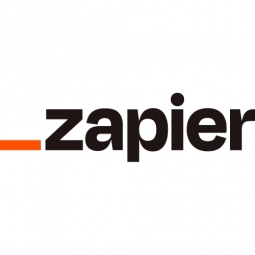- Infrastructure as a Service (IaaS) - Cloud Databases
- Infrastructure as a Service (IaaS) - Cloud Middleware & Microservices
- Buildings
- Cement
- Procurement
- Building Automation & Control
- Time Sensitive Networking
Pizzatime's customers are primarily companies that have recently transitioned to remote work due to the COVID-19 pandemic. These companies, which include law firms, universities, and large corporations like Amazon and GE, were in need of ways to build team culture remotely. They turned to Pizzatime as a familiar and enjoyable team-building activity. Since March, every order that has been placed has been from a previously co-located team. The service has been averaging close to 20 parties a week.
In 2017, Josh Gross, the founder of the digital product agency Planetary, wanted to throw a pizza party for his globally distributed team. The challenge was to figure out how to deliver pizzas to team members in different countries, including Romania, India, and the United States. After successfully organizing a few virtual pizza parties, Josh launched Pizzatime in July 2019, a service that organizes virtual pizza parties for distributed teams. However, the demand for the service was low, and it was shut down on December 31, 2019. The existing remote teams already had well-developed cultures and were not in need of culture-building activities. The situation changed drastically when COVID-19 hit, and many companies were forced to work remotely.
With the onset of the pandemic, many teams that had never been remote were now completely remote and were in need of team-building activities. Pizzatime was relaunched in response to the demand from these newly remote teams. The service was built using a combination of tools to automate the process as much as possible. The Pizzatime site was built in Webflow, and orders were accepted through a Typeform form. When an order was placed, Zapier, an automation tool, sent the information to Airtable, where the orders were stored. Zapier also sent a message to Slack to notify the team of the new order. The team then figured out how to deliver pizzas to the various remote locations. The service was not intended to be a lucrative undertaking, but rather a way to build remote camaraderie.

Case Study missing?
Start adding your own!
Register with your work email and create a new case study profile for your business.
Related Case Studies.









